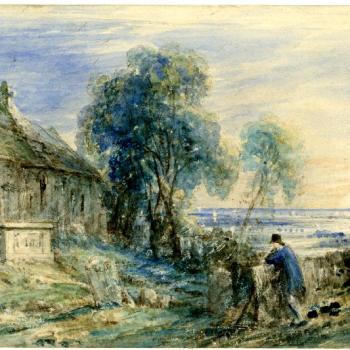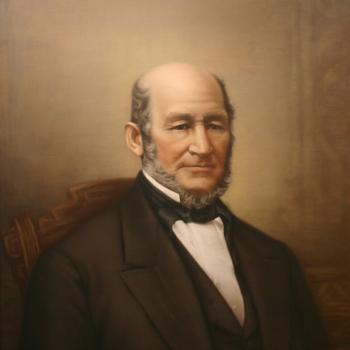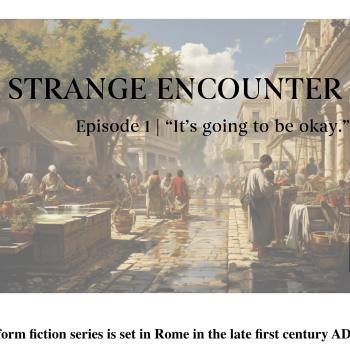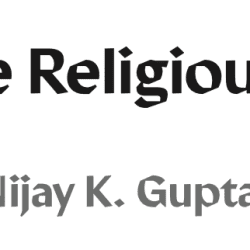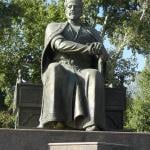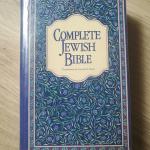 If you read my blog enough you will come to recognize that I absolutely love the work of Joel Green (Fuller Seminary). He is a very gifted researcher, a wonderful pastor and mentor, and a nice guy. So, I try to pick up anything he writes (but I can’t keep up!).
If you read my blog enough you will come to recognize that I absolutely love the work of Joel Green (Fuller Seminary). He is a very gifted researcher, a wonderful pastor and mentor, and a nice guy. So, I try to pick up anything he writes (but I can’t keep up!).
I was so pleased that Baker offered IBR members, this year, a free copy of Green’s Practicing Theological Interpretation (2011), which carries the subtitle: “Engaging Biblical Texts for Faith and Formation.” The book is an expansion of a lecture series Green was invited to give at Nazarene Theological Seminary.
If you have read Green’s Siezed by Truth, you know that he is not very happy about the classic exegetical method that separates the question “What did it mean (in ancient history)” and “What does it mean now?” To read a book of the Bible, like James for example, as Christian Scripture is to be the audience of the canonical text, unified with the church throughout the ages. There is no good reason, Green argues, to talk about the church of James’ original address versus the church now. Rather, “According to its classical definition, the church is one, holy, apostolic, and catholic. Whatever else it means, this confession has it that there is only one church” (p. 16).
So, Green thinks that a better approach for good readers of the Biblical text is to become the “model reader.” This is the reader “the text not only presupposes but also cultivates” (19). If we are available to be caught up in a theological narrative that transforms the way we see life, we can be the model reader and, thus, we don’t need to separate the interpretive task into past meaning and present meaning (so Green urges).
Bottom line, a text like James “invites us into a context other than that provided by historical criticism” (p, 41).
The strange would of the Bible, for James, cannot be understood merely in historical terms. What is need is the theological context marked by James’ emphasis on creation and new creation as the bookends within which to make sense of life in the dispersion, and, indeed, by James’ invitation to identify ourselves as people who, because of our allegiance to Jesus Christ,are genuinely not at home. (p. 41-42)
Does this mean that Green is not a fan of reading “in context.” Of course not! He has much to say about historical context in his book, but I want to quote this first:
“theological interpretation identifies[the central] context especially in theological terms. Theological interpretation inquires whether we are ready to be the ‘you’ to whom James addresses his letter and to be sculpted in terms of this theological vision.” (p. 42)
Ok, now the issue of history.What is theological interpretation’s beef with historical criticism? Well, insofar as TIS focuses on the canonical text and interprets theologically as a primary goal and interest, it is (as Green calls it) “interested exegesis.” What historical criticism tends to do, argues Green, is “[reduce] the Bible to a disparate collection of historical and/or literary documents” (p. 44).
But Green does not throw out the baby with the bathwater. He affirms one key historical approach, and disregards two other ones.
First, Green supports historical inquiry and sees it as salutary for TIS when it involves “Study of the historical situation within which the biblical materials were generated, including the sociocultural conventions that they take for granted” (p. 45). This includes such interests as ancient economy, the struggle of peasants, the social status of slaves, or the role of purity in ancient Israel. Basically, he means historical and social insights that bring values to the text for theological analysis. He calls this Type 3 Historical Criticism.
What are Types 1 and 2. The first rejected type is interest in “The reconstruction of past events in order to narrate the story of the past” (44). This is the “historians” job when he or she has chopped up the biblical text looking for historical “truths.” Secondly, Green rejects study that involves “Excavation of traditional material in order to explain the process from historical events to their textualizing in the biblical materials” (44-45) – can anyone say JEDP?
This all goes to show that TIS scholars like Green are not anti-history or living in an ecclesial and canonical bubble. They simply recognize that all history writing is about seeing meaning in the past to shape identity, life, and meaning for the present and future. All history writers are philosophers because they are interpreting history as they write about it.
Reflecting on the Gospel writers as both theologians and historians, Green writes
Although one might wish to speak heuristically of Luke’s or Matthew’s theological agenda or historical interests or literary artistry, these are not ‘parts’ of a Lukan or Matthean enterprise. A narrative such as Mark’s is not molecular, divisible into three parts history, two parts theology, and one part literary artistry. It simply is a theologically determined narrative representation of historical events” (56).
So, you might ask, what does Green want from Biblical scholars and theologians? How does he want to see the landscape of Biblical scholarship change? Here are some of his final words
An alternative approach recasts biblical studies as an inherently theological enterprise, one that resists the common division of labor that identifies one group (theologians) for its interest in speaking of God in the present tense while insisting that another group (biblical scholars) confine [sic?] itself to speaking of God only in the past tense….Biblical studies [should] self-consciously locate itself within the church, just as the church works out its identity and mission in the world…Theological engagement with Scripture has no need to exclude other interpretive agendas, but only insists that reading the Bible theologically as Christian Scripture has its own inherently theological presumptions and protocols (124)
Wow! That is good stuff and I think we are seeing things begin to change at SBL in particular. Now that AAR has re-joined with SBL, perhaps we can foster more of a mutual dialogue with theologians. Personally, I hope to go to some papers on Bonhoeffer at AAR next year!
Did anyone else read Green’s work? What do you think? Particularly, how do you find his three-fold taxonomy of types of historical inquiry? Do you think types 1 and 2 are counter-productive to TIS?


